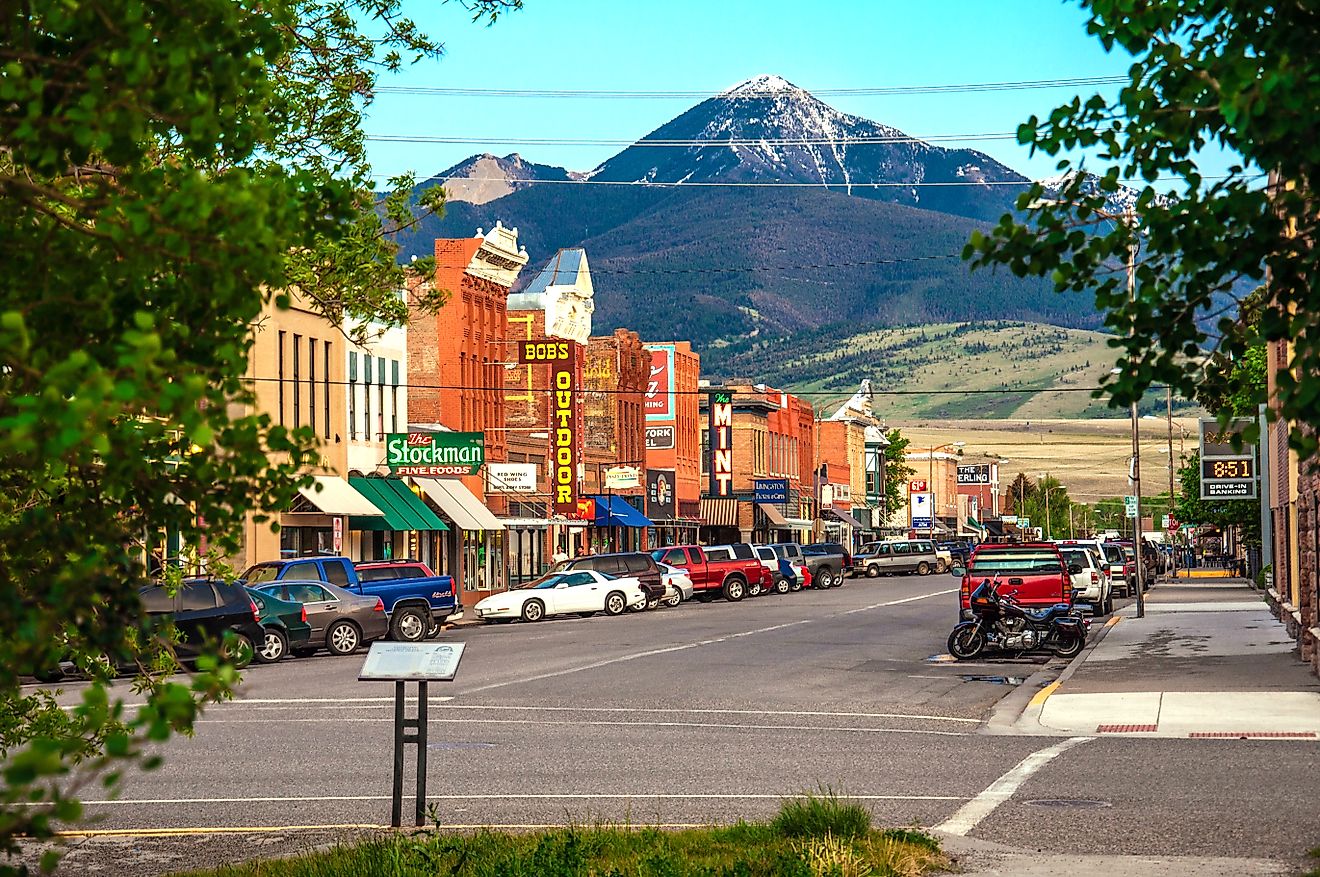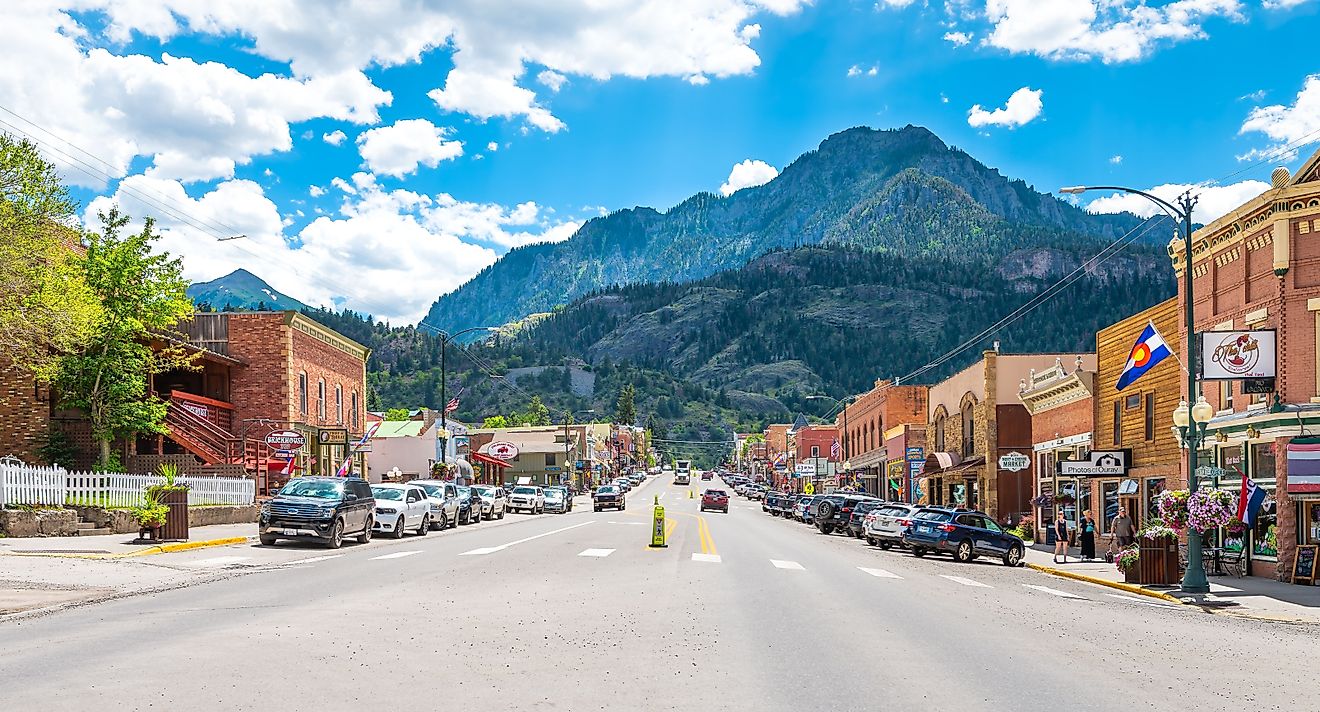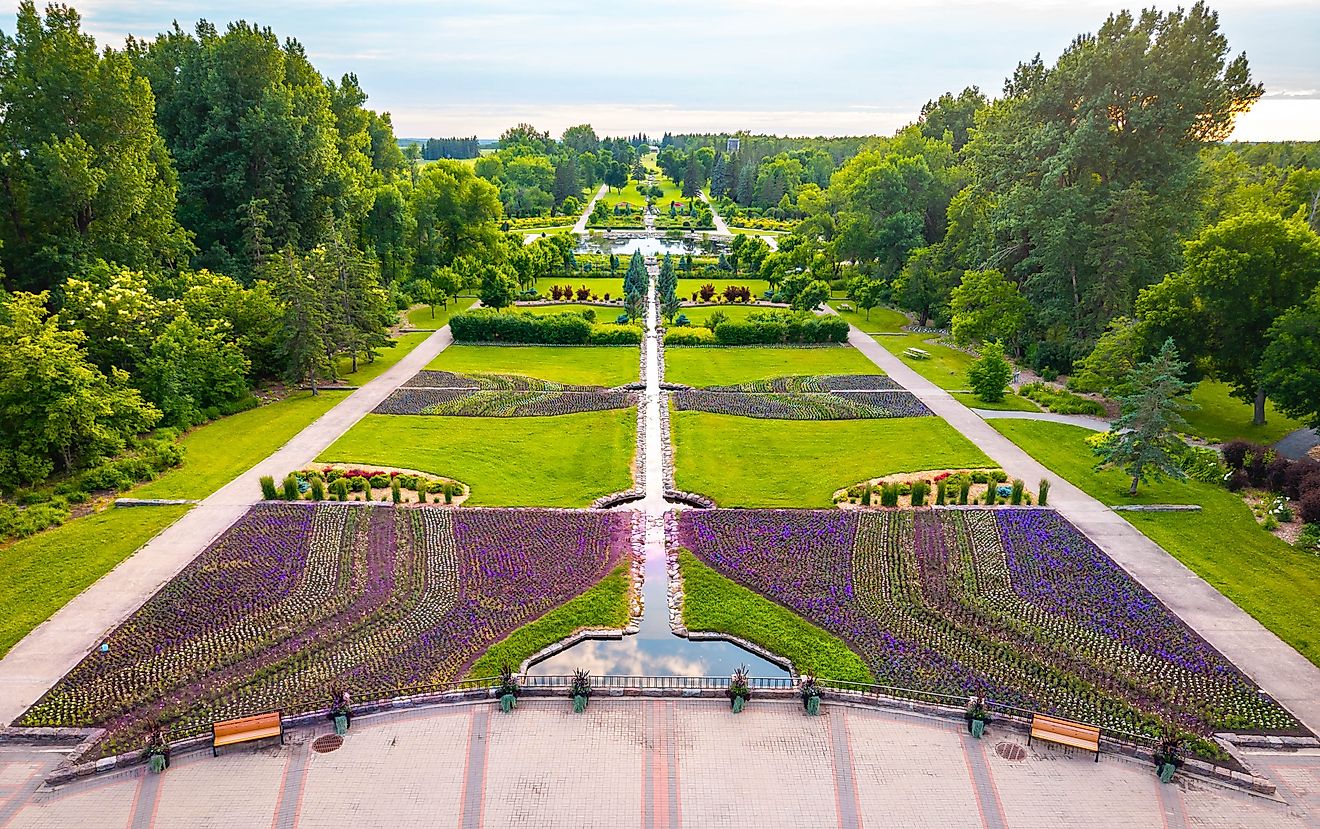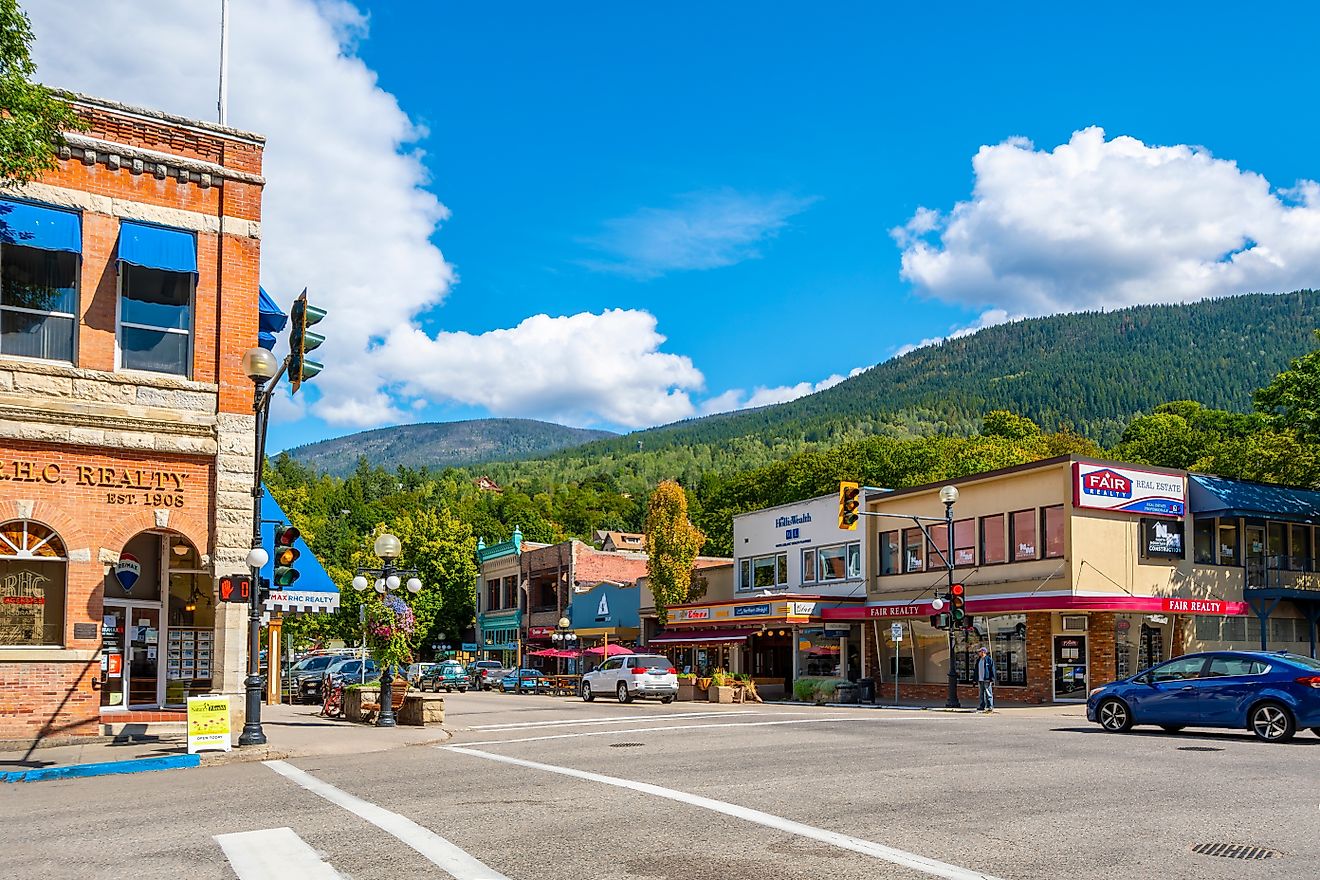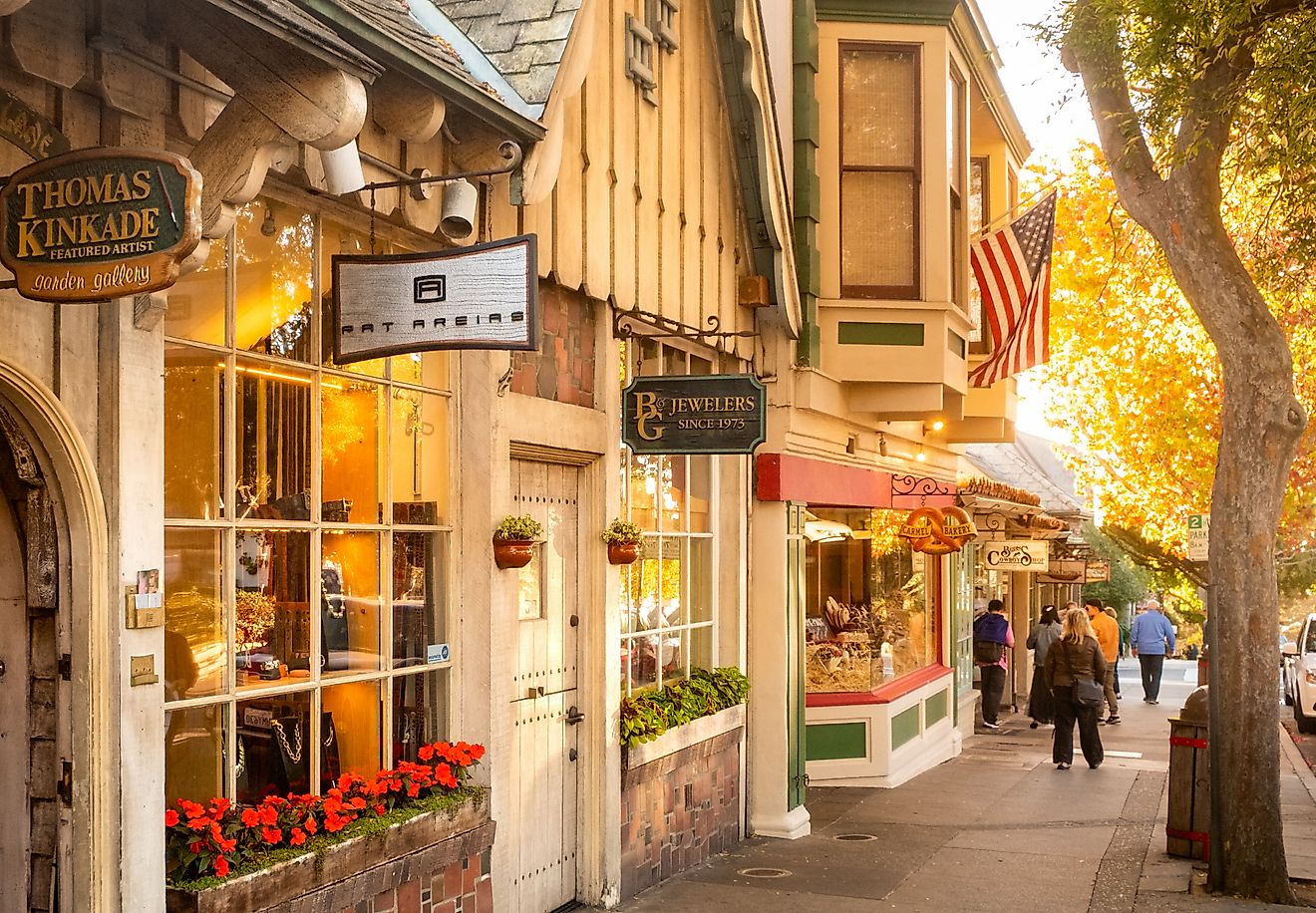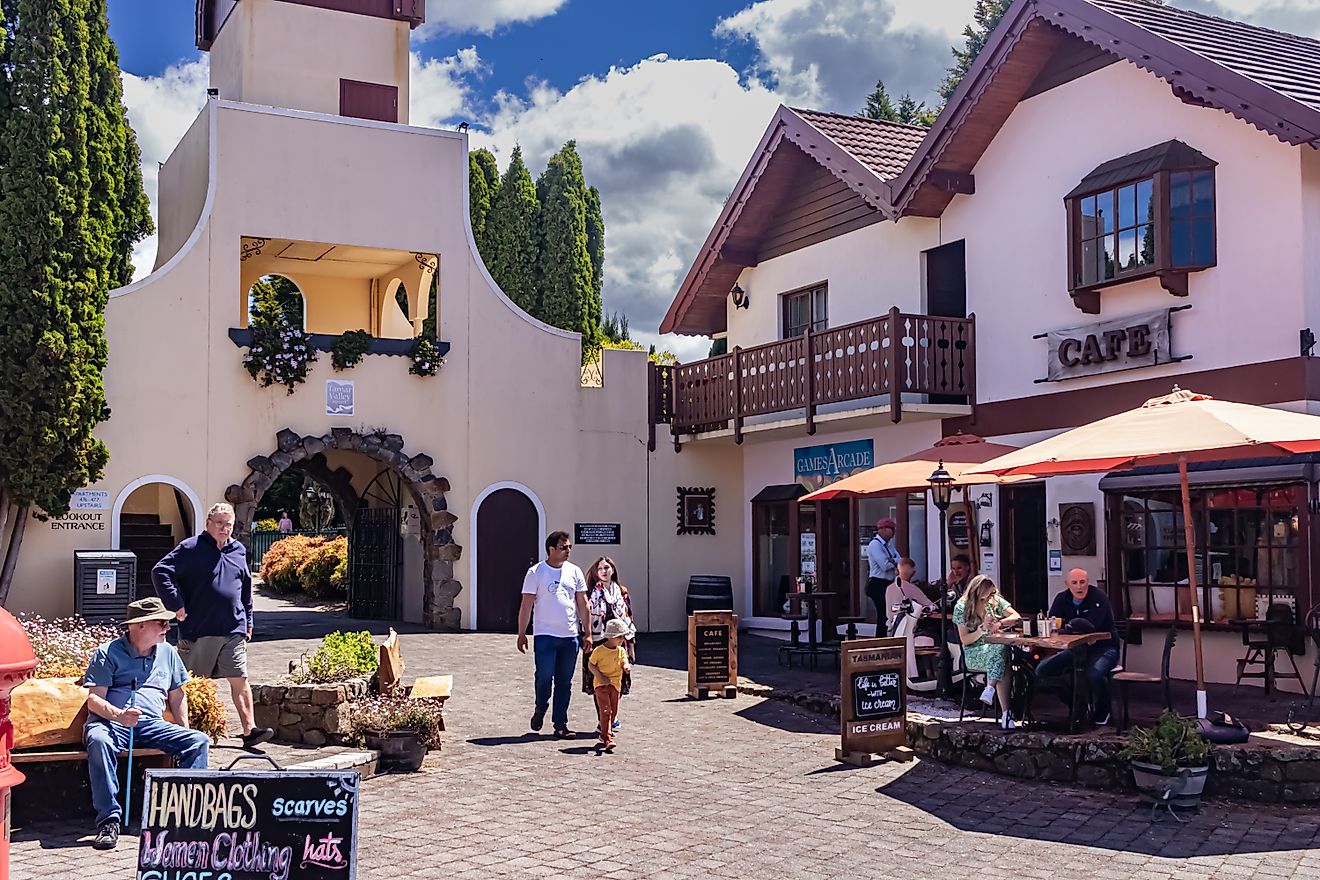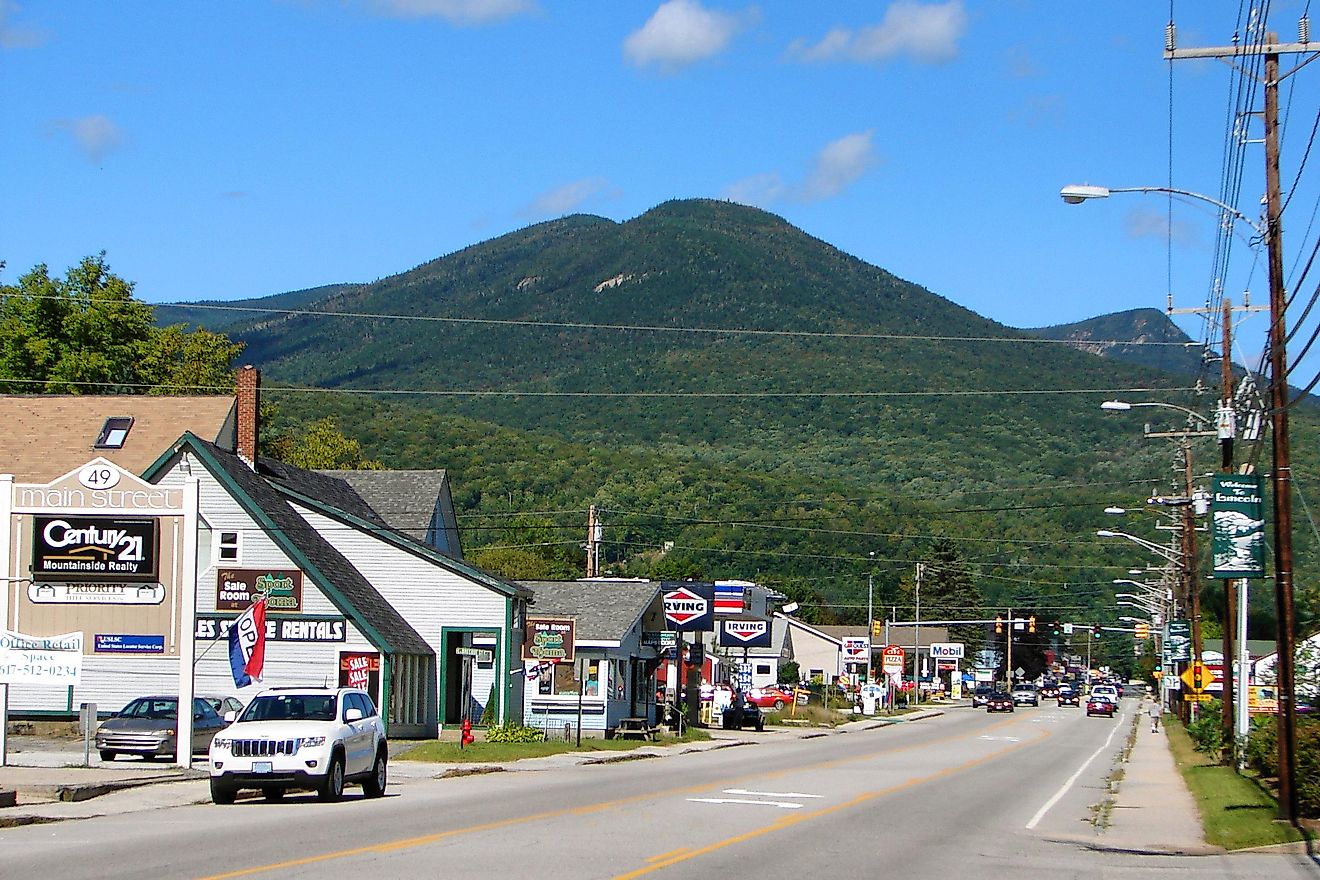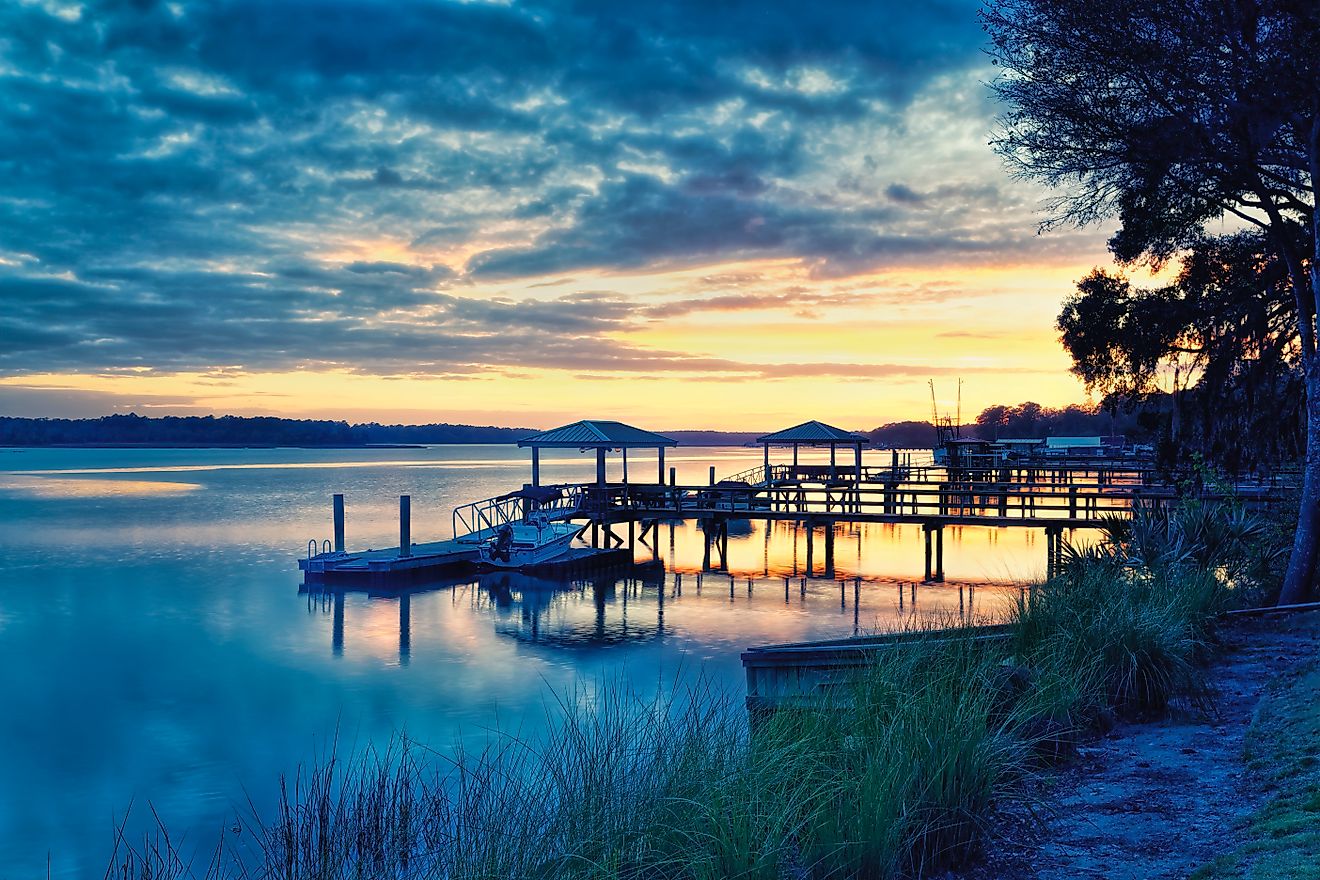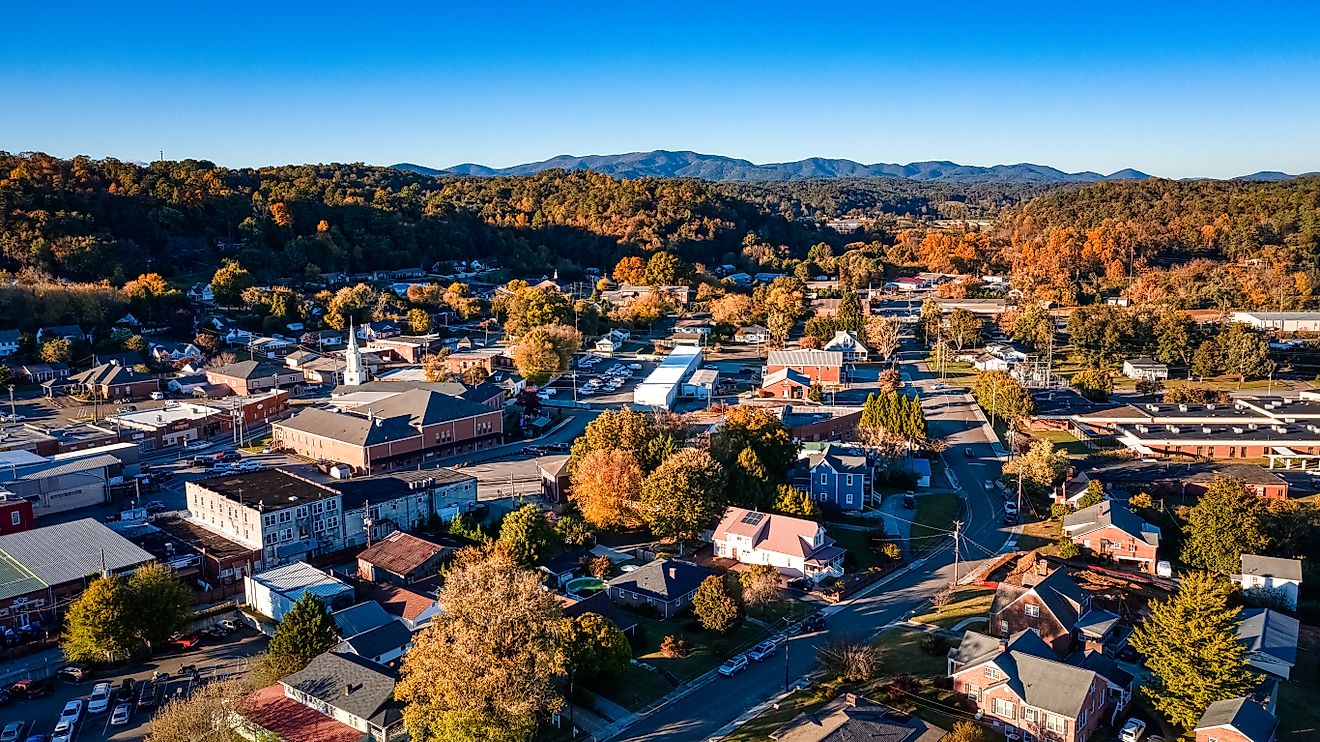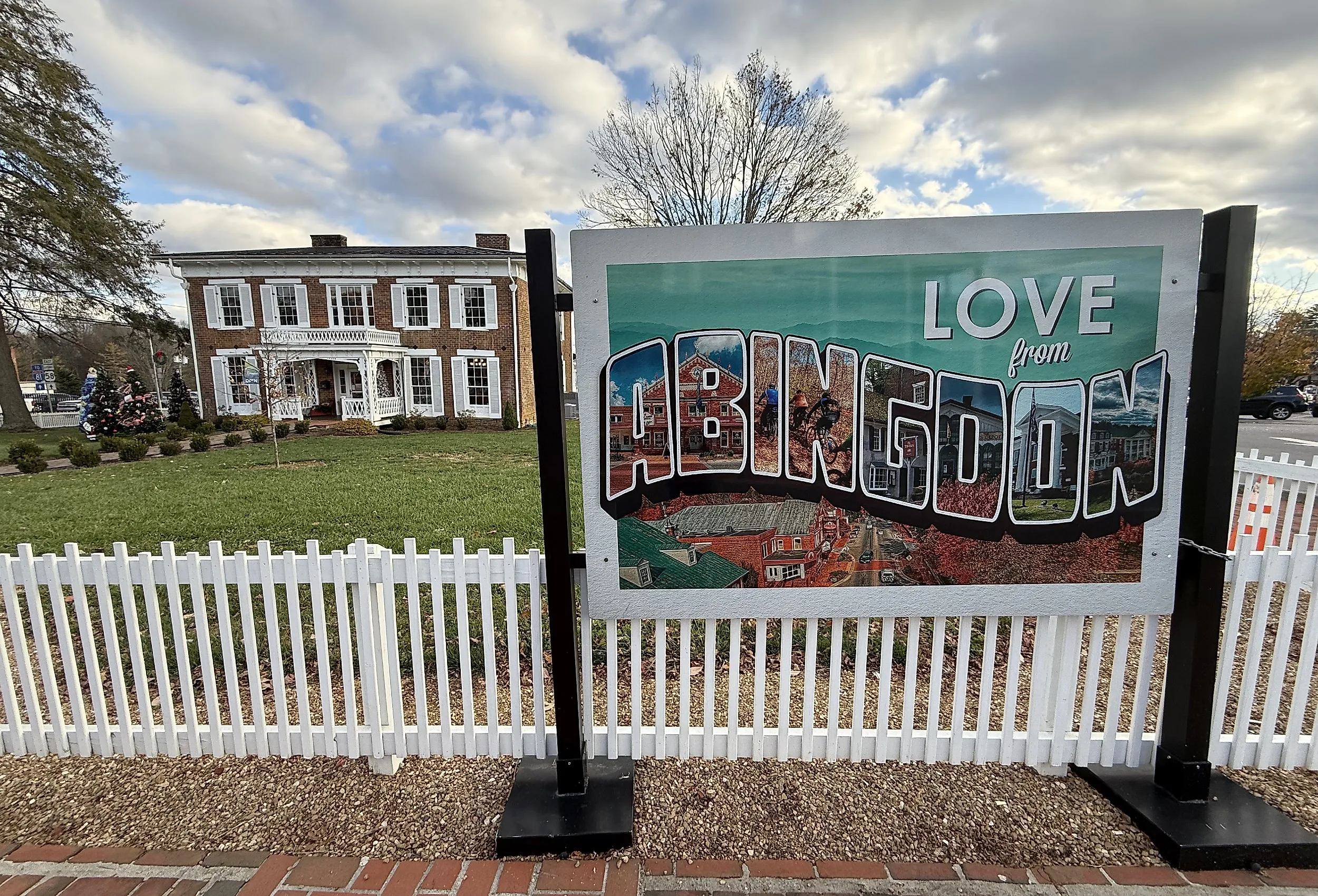
This United States Town Has The Biggest Heart
In the 1750s, Abingdon was nothing more than a land granted by a king. It began as a fort and grew into a town, and slowly took root in Virginia. Over generations, the town created places to learn, spaces to gather, and a reputation shaped by effort and tradition. People still walk the same paths used by soldiers and settlers. They come together in ways that echo the past, through shared performance and storytelling. Abingdon isn’t always loud or flashy. It has held fast for centuries, and that quiet strength is what gives it such a big heart.
Heritage and Story
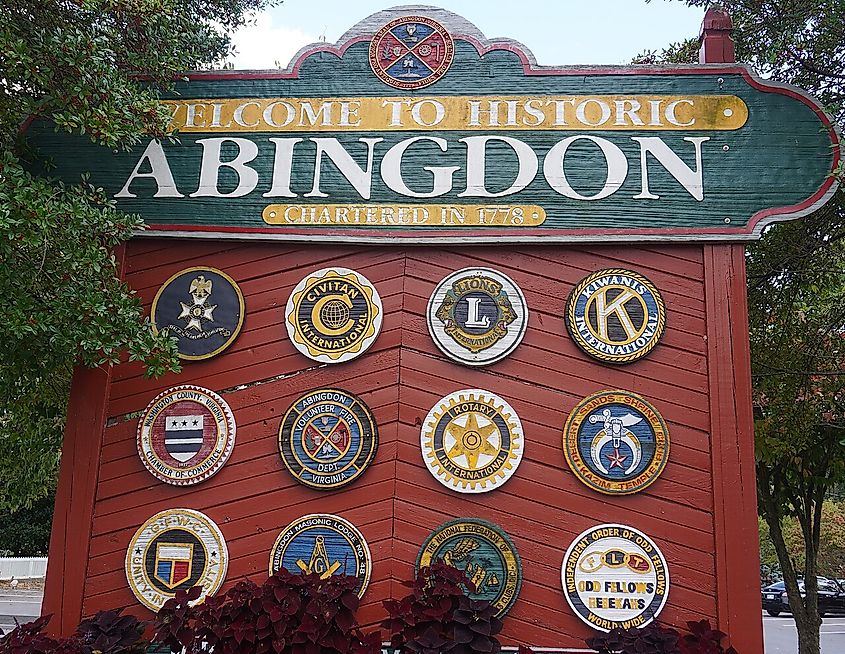
In the 1750s, King George II gave a tract of land of about 6,780 acres to an explorer named Dr. Thomas Walker, which eventually grew into a town called Abingdon. That tract, later surveyed as the “Wolf Hill Tract,” became known locally as Black’s Fort. It got this name from a strong homestead that Captain Joseph Black built. This settlement grew into one of the earliest English-speaking outposts in the Mississippi watershed, and in 1778, the state government in Virginia incorporated the town of Abingdon. Why this name? It is a bit contested and a bit of a puzzle. Some people think it was named after a man named Lord Abingdon. Others suggest it might reference where Martha Washington was born.
In 1780, just two years later, the spot became an important historical location when local patriots gathered. They then marched...and marched. They marched 300 miles to fight in the Battle of Kings Mountain during the Revolutionary War, and the battle was a turning point in the war. As time went on, the town continued to grow. During the 19th century, Abingdon expanded along the Great Wagon Road, which now parallels Interstate 81, and later became a commercial center on the railroad. The town expanded with homes, schools, and shops that still define its historic district.
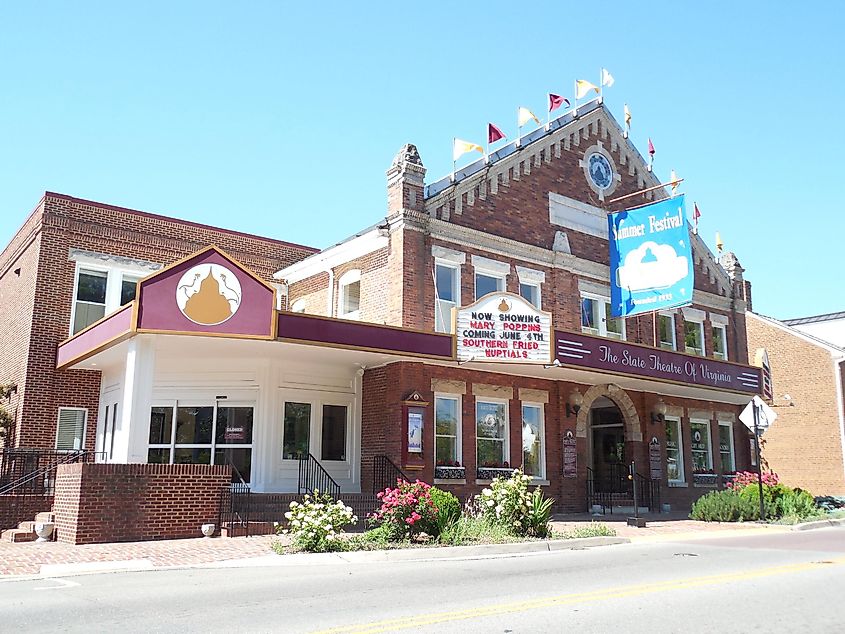
Later, the Civil War brought hardship as Union forces under General Stoneman caused widespread damage. But Abingdon rebuilt and by the early 20th century had become a leading cultural and economic center in southwestern Virginia. In 1933, a change started happening amidst the Great Depression when Robert Porterfield created the Barter Theatre. It was not any old theatre either. Instead of money, folks could use farm goods to buy tickets. The Barter grew into the longest-running professional Equity repertory theatre in the country.
Cultural and Creative Pulse
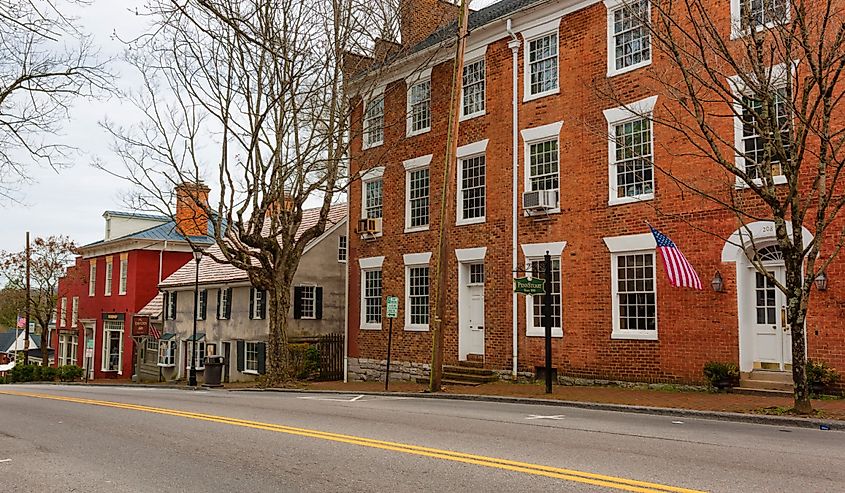
There is no shortage of creativity when you come to Abingdon, popping up in places like exhibits and historic spaces throughout town. Take, for example, the William King Museum of Art or the Arts Depot, a working gallery where visitors can meet artists in their studios and explore rotating exhibits. Found in a former freight station, it combines art with history in a hands-on setting. Another example is the Southwest Virginia Cultural Center and Marketplace. It is all about the region's music and stories, and is also a good place to start if you want to learn about Appalachian culture through food and performances.
Lastly, over at Full Bloom Farm House, families and friends can jump into relaxed workshops in gardening, cooking, and other creative skills. It is a hands-on way to spend time together and leave with something made by hand.
Festivals and Community
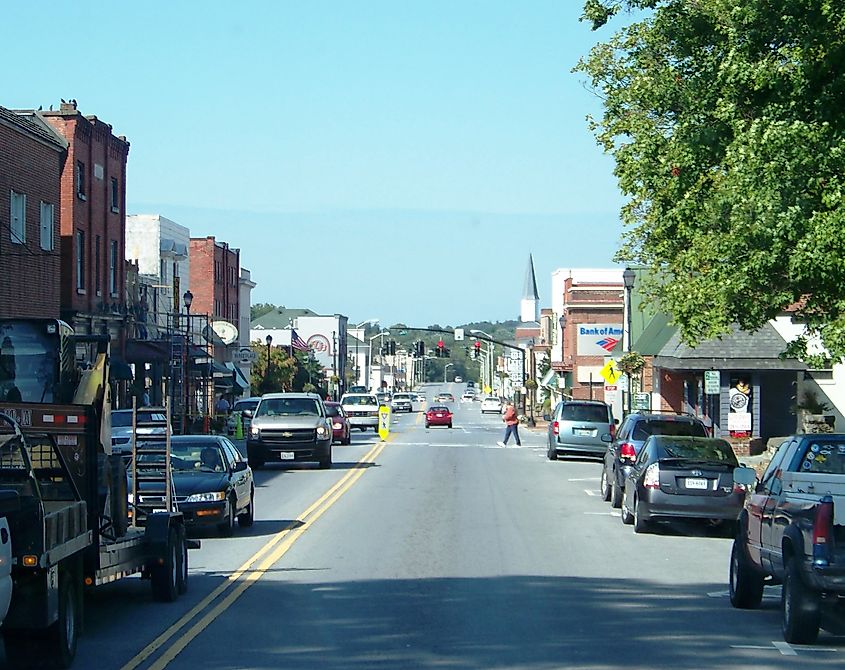
Abingdon has a full calendar of festivals that bring the community together and draw visitors from across the region. The Virginia Highlands Festival is one of the town's biggest. It began in 1949, and today it fills the summer with art shows along with craft markets. Come for the live music and history tours, as this annual festival draws artists from across the Southeast.
In July, the Busker Fest turns the downtown sidewalks into a series of small stages. Musicians play for families, and jugglers draw smiles from passing children. Street performers keep the atmosphere lively from morning until evening. An autumn tradition is the Harvest Festival, which features local produce along with fresh-baked goods and seasonal specialties. It is held by the Holston Mountain Artisans.
Art lovers look forward to Plein Air Abingdon in early October, which celebrates the area’s beauty through painting as well as art sales. Workshops and open studios give visitors a chance to join in. When it is winter, downtown Abingdon shines with its Christmas Parade. Bright floats and marching bands fill the streets. Even on the chilliest nights, carolers and local groups create a warm, Christmas vibe that is great for the whole family.
What to Explore in Town

Abingdon is a special place with all its art, history, and the grandeur of the outdoors. At the Abingdon Muster Grounds, visitors step into a key piece of Revolutionary War history. This preserved site has explanatory displays and paths you can tread, showing the route followed by the Overmountain Men in 1780. The Sinking Spring Cemetery offers another kind of story, and a walk through the grounds reveals the names of early settlers and town leaders, many dating back to the 1700s.
Historic White’s Mill is located a few miles from Abingdon and operates as a historic gristmill, with original water-powered machinery and a small museum on early milling in Southwest Virginia. In town, the Abingdon Historic District is a great place to wander, and you find things like the Washington County Courthouse, the Tavern (built in 1779), and homes that reflect the town's development.
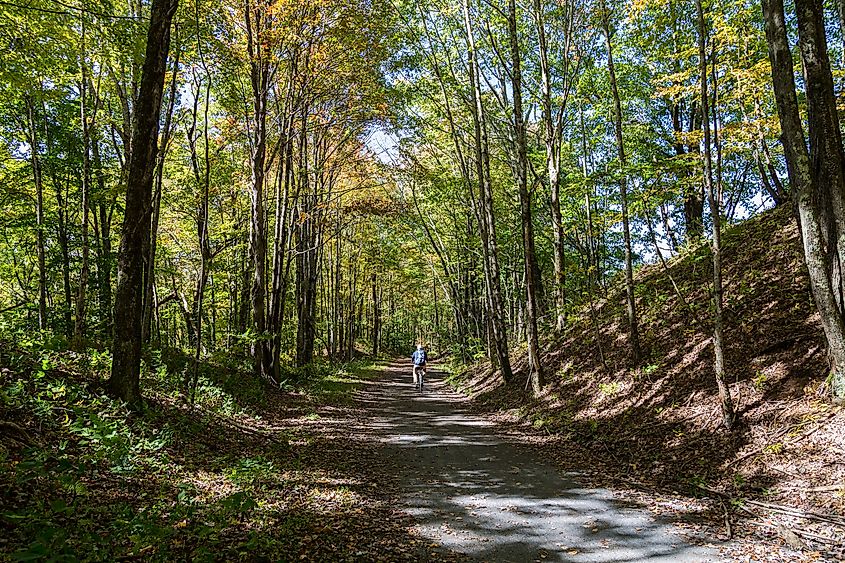
Or, walk down the Virginia Creeper Trail. Close to the start of the Creeper Trail, you can find a locomotive called Norfolk and Western 433. Back in 1907, this steam engine was used to carry small cargo between nearby places. Or, check out the Martha Washington Inn and Spa. It started as a private home in 1832, later served as a hospital for Confederate officers, and eventually became a women’s college before converting into a hotel. Lots of the old design pieces are still in place, like hand-shaped railings and wooden wall rooms. Each of these places shares a bit of Abingdon's story and gives a simple glimpse into the town's traditions and past.
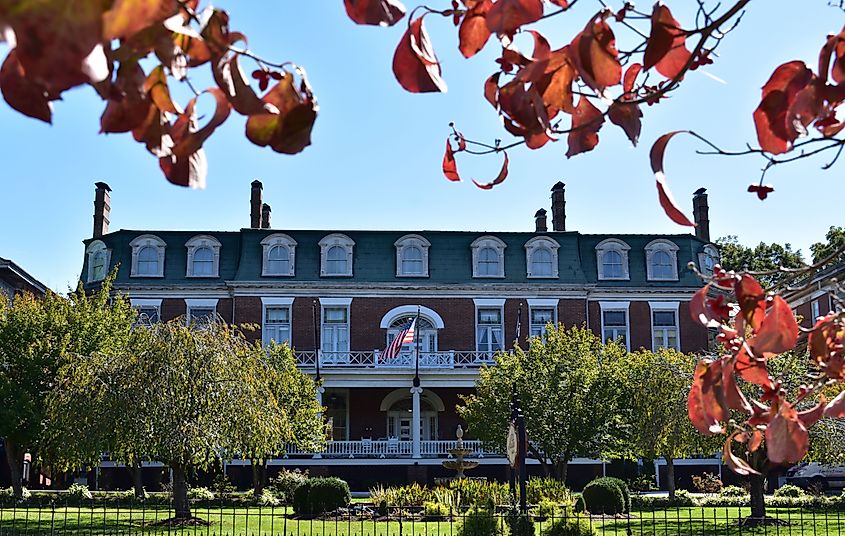
Abingdon doesn’t move fast, but it moves with purpose. Farmers once traded eggs for theater tickets. Soldiers marched out from its fields. Artists still work in the freight station, and now, families gather where the Overmountain Men once stood. Even the old mill keeps turning, reflecting that what survives here is not memory alone. It is alive and well. That is the heart of Abingdon.

